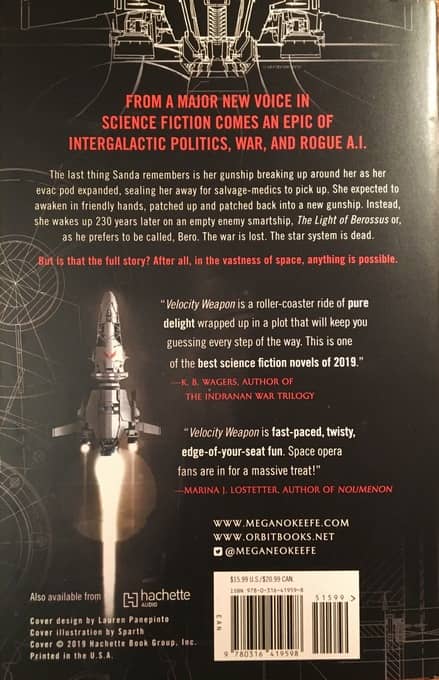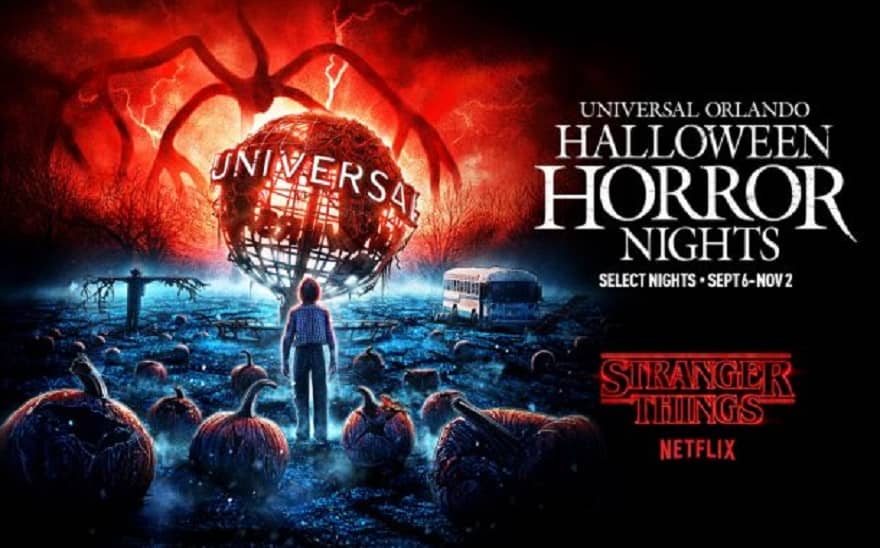A (Black) Gat in the Hand: Paul Bishop on Lance Spearman – The Black James Bond
 “You’re the second guy I’ve met within hours who seems to think a gat in the hand means a world by the tail.” – Phillip Marlowe in Raymond Chandler’s The Big Sleep
“You’re the second guy I’ve met within hours who seems to think a gat in the hand means a world by the tail.” – Phillip Marlowe in Raymond Chandler’s The Big Sleep
(Gat — Prohibition Era term for a gun. Shortened version of Gatling Gun)
Paul Bishop wrote the very first entry for our Discovering Robert E. Howard series (covering REH’s fight stories). I knew he’d come up with another great piece for the return of A (Black) Gat in the Hand – and boy, did he! I had never even heard of the Lance Spearman books, but what a cool story! Pulp magazines fell by the way-side for pocket paperbacks and comic books. Topics related to the latter two groups will be sprinkled in to this series. And today, Paul is going to tell us about a third entry: the popular ‘Look Books’ Read on!
‘Lance Spearman, has a charming way with girls and a deadly way with thugs’
Look-books—a term coined for magazines featuring a mash up of action photographs accompanied by comic strip style captions (also known as photo books)—are relatively unknown in America. However, in many other parts of the world, this comic book hybrid of captioned action photographs had a rabid following from the ‘60s to the late ‘80s. In Africa, look-books served as surrogates for films—as a means to tell film-like stories— at a time when commercial African cinema was not yet invented.
African Film Magazine (AFM) was the most popular of the African look-books. Alternately called Spear Magazine, every bi-weekly issue had eager fans clamoring for it at their local newsstand. Created by James Richard Abe Bailey, the character of Lance Spearman shattered racist stereotypes of the uncivilized, uneducated, spear-carrying Africans as portrayed in most Western comic books of the era. Each issue of AFM contained thirty-one pages of action filled black and white captioned photographs edited in urbane cinematic style.
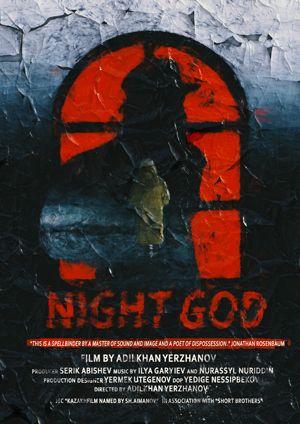 My first film on Friday, July 26, was a Kazakh work playing at the de Sève Cinema. Written and directed by Adilkhan Yerzhanov, Night God is a particular sort of uncompromising. It’s a beautiful picture, but extremely slow, still, and self-consciously meditative. I was deeply moved, for all its studied avoidance of simple dramatic action.
My first film on Friday, July 26, was a Kazakh work playing at the de Sève Cinema. Written and directed by Adilkhan Yerzhanov, Night God is a particular sort of uncompromising. It’s a beautiful picture, but extremely slow, still, and self-consciously meditative. I was deeply moved, for all its studied avoidance of simple dramatic action.
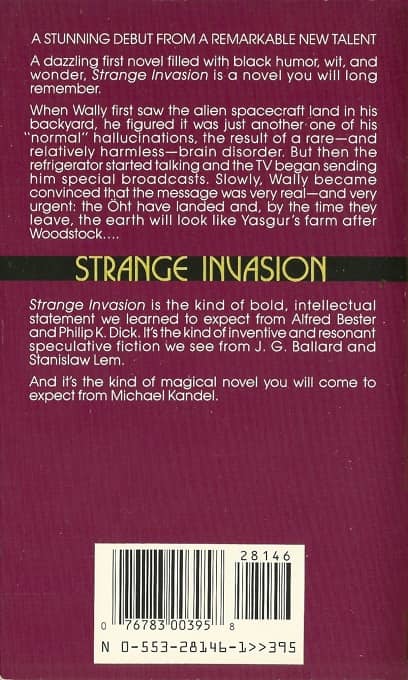
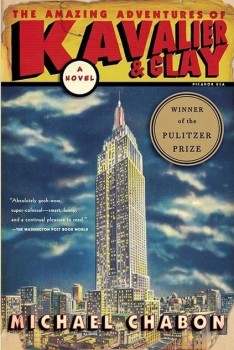
 On June 25 I went to the De Sève Theatre for the one movie I’d see that day at the Concordia campus. It was called Culture Shock, and while it’s available on Hulu, this was a rare chance to see it in Canada.
On June 25 I went to the De Sève Theatre for the one movie I’d see that day at the Concordia campus. It was called Culture Shock, and while it’s available on Hulu, this was a rare chance to see it in Canada. 
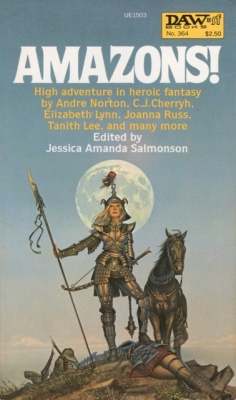
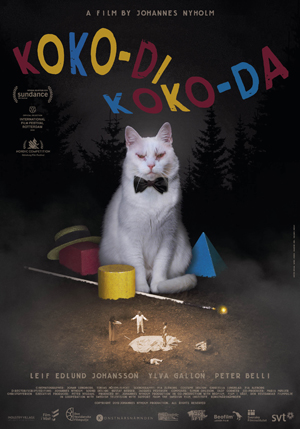 There was only one film I planned to watch on July 24, and that was writer-director Johannes Nyholm’s Koko-di Koko-da. It promised to be a strange movie about characters trying to break out of a time loop, and I settled in at the De Sève Theatre wondering at the horror elements implied by the film’s description in the festival catalogue.
There was only one film I planned to watch on July 24, and that was writer-director Johannes Nyholm’s Koko-di Koko-da. It promised to be a strange movie about characters trying to break out of a time loop, and I settled in at the De Sève Theatre wondering at the horror elements implied by the film’s description in the festival catalogue.
